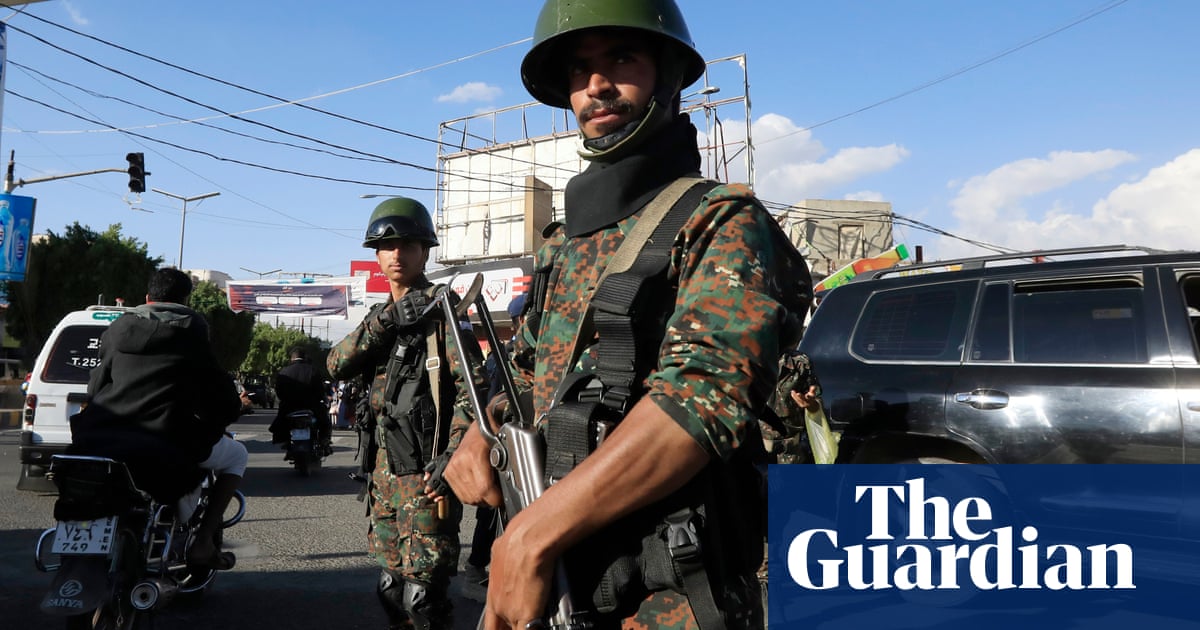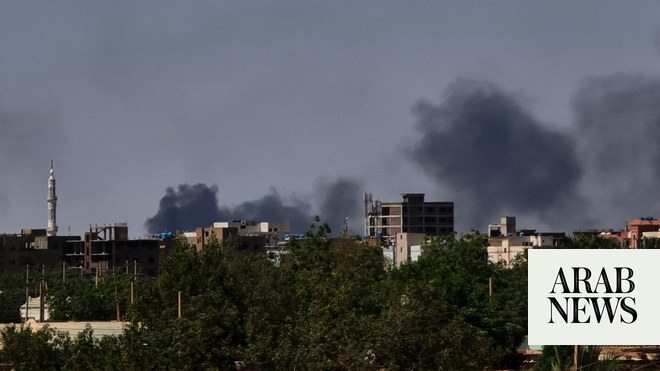
British defence intelligence officials say the UK is closer to a large-scale conflict than at any recent point, as the Middle East crisis intensifies while Russia pursues an expansionist agenda and China develops advanced weapons.
One senior official said the secretive 4,500-strong unit was the busiest it had been in at least a decade, and said the fast turnover of ministers made it harder to ensure key politicians were making informed decisions.
The official was asked if they agreed with Grant Shapps, the defence secretary, who said in a speech last month that the UK and the west was “moving from a postwar to a prewar world”.
The official, based in defence intelligence and speaking on condition of anonymity, cited Russia’s continuing attack on Ukraine and the possibility of an expansion of the conflict, while adding that it remained possible China would attempt to take Taiwan by force.
“Is there a likelihood of a large-scale conflict? Yes, there is. It’s probably more likely than it has been at any recent point,” they said, reflecting a period of instability deepened by the Israel-Gaza war and US-led bombing campaigns against Houthi rebels in Yemen and Iranian-back militias in Iran and Syria.
A particular challenge, they added, was dealing with “the turnover of decision makers” during years of Conservative turmoil. Three prime ministers, four foreign secretaries and two defence secretaries have served since late 2019, the course of the current parliament.
Senior officials and military leaders had a “responsibility to educate”, the senior defence official argued, recognising that politicians often came to defence and foreign policy roles with little experience of international or military affairs.
An exception is David Cameron, a former prime minister who was unexpectedly appointed last year by Rishi Sunak as foreign secretary. Shapps was given the job of defence secretary last September despite no experience of military affairs.
Defence Intelligence is not a statutory spy agency like MI5, MI6 and GCHQ but nevertheless forms a key part of Britain’s secret state, tasked with monitoring military threats, activity and conflict worldwide. Outside London, its principal operation is at RAF Wyton, in Cambridgeshire.
Dozens of teams operate at the base, aggregated into a newsroom the size of a football pitch in a building called Pathfinder. Monitoring desks displaying maps, satellite imagery, drone footage or other feeds from conflict zones or other regions are arranged in honeycomb banks to allow for team working.
The complex range of activities include using remote imagery to identifying potential Houthi missile and radar sites, which have been bombed three times by the US and UK since mid-January. Identical tools are used to conduct damage assessment and assess casualties from a distance.
In keeping with Five Eyes practice, all raw intelligence is shared with the US, Canada, Australia and New Zealand, and officials from all countries operate inside Pathfinder. Monitoring activities follow the sun, with the newsroom handing over to the US in the evening and picking up from New Zealand in the morning.
One team, DI Watch, operates on a 24-hour basis, tasked with continually monitoring reports of violence or conflict. If thought necessary, a cross-government alert should be produced within 10 minutes and a slide with context and a graphic, similar to the US Discord leaks, distributed within an hour.
An open source intelligence team relies on satellite imagery to monitor developments in military installations in Russia, China and elsewhere. Last month, some of its work was sent to a panel of UN experts showing satellite photos of North Korean cargo shipments to Russia, said to be weapons.
Another group specialises in mapping locations using drones and lasers, and regularly assists British police. Its 3D visualisations help officers provide security for large events in the UK, while the drone team to helped discover footprints left by the killer of the Hull student Libby Squire as he dumped her body in a river.
A capability assessments team monitors weapons developed by adversaries. Its recent work has included an examination of the DF-27, a Chinese hypersonic missile that emerged in 2022. It has a range of about 3,100 miles (5,000km) and can travel more than five times the speed of sound, making it difficult to shoot down soon after launch.
A second defence official emphasised that Beijing was still considered the longer-term threat because of its size and technological capability, despite the series of current conflicts. They said there were “storms in the Middle East and a hurricane in Ukraine but China is climate change”.
This article was amended on 8 February 2024 to replace an unsuitable image.











